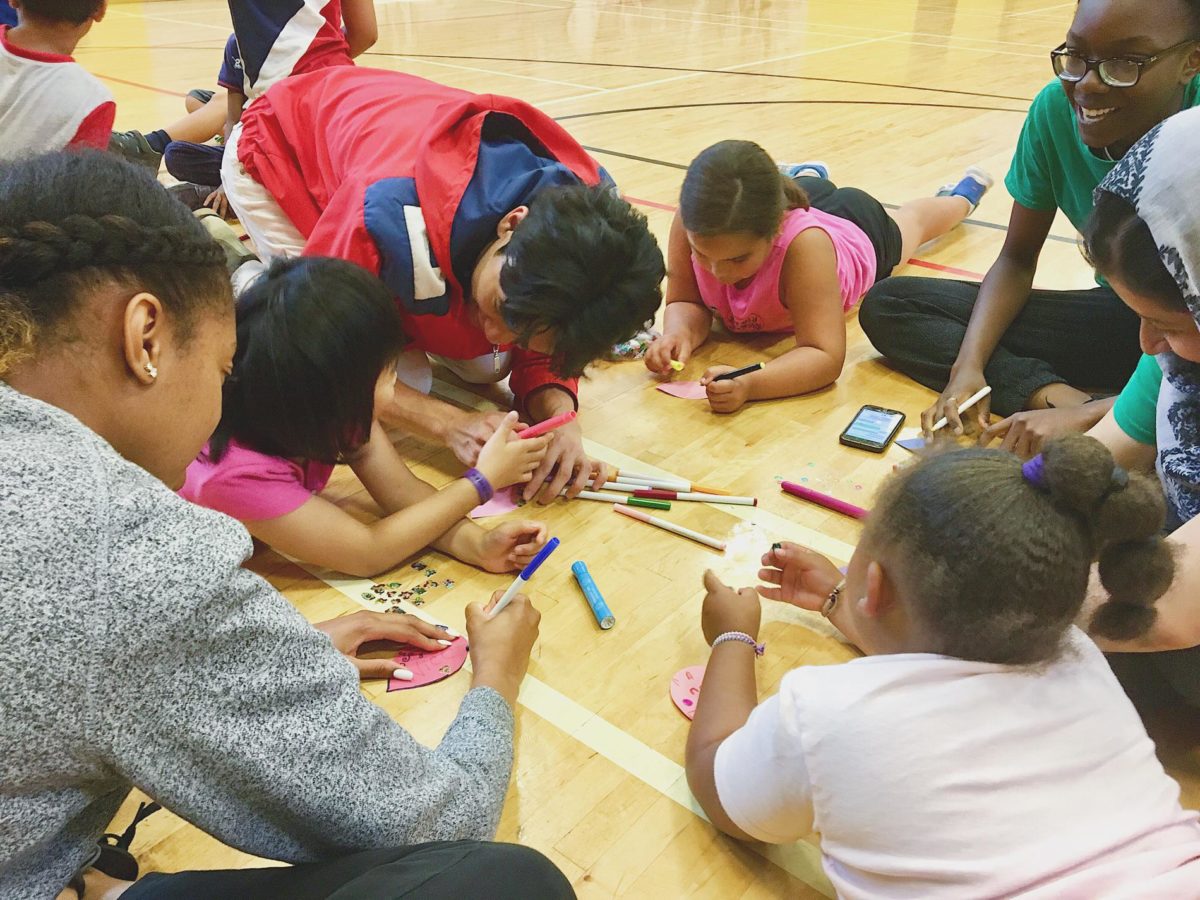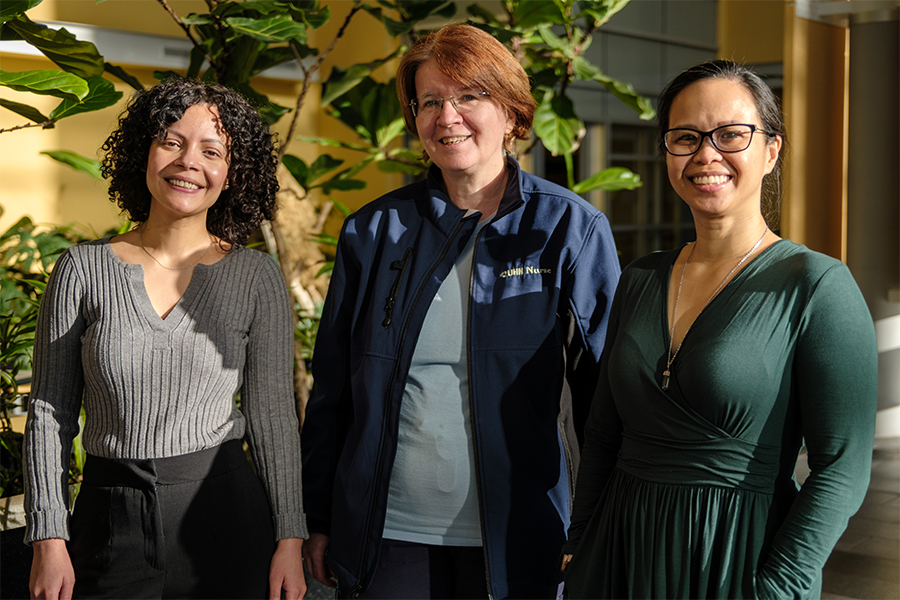Regardless of how classrooms look this year, the National Eating Disorder Information Centre (NEDIC) is as committed as ever to helping parents and teachers create inclusive and supportive environments for youth concerned with eating habits and body image.
While it is only natural to feel an increased need for control during times of uncertainty, increased preoccupation with food and weight can quickly turn disordered without the knowledge and awareness that NEDIC, now virtually, provides through its Whole School Approach program.
“The Whole School Approach is our way to talk with students, educators, parents and caregivers to really make sure we’re all on the same page with respect to the conversations we have around body image, media literacy, body-based bullying and food,” says Ary Maharaj, NEDIC’s Outreach and Education Coordinator.
The program offers student workshops that focus on body image, media literacy, body-based bullying and self-esteem. Educators receive training on what resources are available for students with concerns, as well as strategies for talking about food, weight or shape in the classroom. Finally, a parent panel brings together local professionals, youth with lived experience and parents to create a safe space for adults to connect and learn more about early warning signs.
Eating disorders are a highly misunderstood disease, and yet they have the highest mortality rate of any mental illness. They don’t discriminate either. According to NEDIC’s website, 14-to-15-year-old girls who engaged in strict dieting practices were 18 times more likely to develop an ED (eating disorder) within six months than non-dieters, and had almost a 20% chance of developing an ED within one year. Thirty per cent of girls and 25% of boys in grades seven to 12 reported teasing from their peers about their weight. 40% of grade ten girls perceive themselves as too fat.

COVID-19 is causing increased concern
Mr. Maharaj explains that the pandemic has severely heightened and revealed concerns about food, exercise and body image for people of all ages. NEDIC’s free helpline and online chat service alone has seen a 45% increase during the pandemic, with a spike in kids ages 11 to 14.
“The most disturbing thing we’re seeing right now is the number of people connecting with us who said that they were not dealing with disordered eating behaviours before COVID,” says Suzanne Phillips, NEDIC Program Manager.
Sarah Farrell is the new NEDIC Advisory Committee Chair and is helping to coordinate NEDIC’s Whole School Approach school sessions. She says shifting the program to a virtual format because of COVID-19 has turned out to be a silver lining, as more people have been able to attend. NEDIC has also seen an increase in educators inquiring about how to reinvigorate conversations around nutrition during the pandemic.
Prevention starts with you: 5 tips
“Prevention is one of the best things you can do for an eating disorder,” says Mrs. Farrell. “There is an enormous genetic component, but if we can help prevent the triggers and recognize things right when they start, the chance of recovery is much stronger.”
So, as parents, teachers, caregivers and role models, what can we be doing to create a body-inclusive environment for kids?
- Lead by example. Take an active look at your own relationship with food and body image.
- Be mindful of what you say. Avoid physical appearance-based comments, and refrain from commenting on someone’s food choices or weight. Don’t say things like, “Wow, someone is hungry today!” or “I wish I could just eat salads like you, you’re so strong.” Replace statements like “You look great, have you lost weight?” with “It’s so nice to see you!”
- Don’t promote dieting. All food is good food in moderation.
- Promote exercise for the sake of health. It’s for physical health and healthy emotions, not a change in body shape.
- Look for red flags. Do they seem overly preoccupied? Is there a dramatic increase or decrease in exercise? Do they seem more socially withdrawn or isolated?

Do you think your loved one is suffering from an eating disorder?
“Trust your instinct and follow through if you feel something is off,” says Mrs. Farrell, whose daughter has been suffering from anorexia for more than six years. “There is little information that is readily available for eating disorders, and doctors don’t always have the knowledge they need to properly diagnose someone.”
“Follow that gut instinct, become informed about what they’re doing, and reach out for support because we’re here and we’re happy to help,” says Mr. Maharaj.
NEDIC provides background information on eating disorders, and resources for awareness, prevention, ways to find help, and strategies to support loved ones. NEDIC’s toll-free helpline or instant online chat are used both by people suffering from eating disorders, as well as family and friends of those suffering.
If you want to see NEDIC’s Whole School Approach program in your school, reach out to NEDIC here.
Learn more how to support children with eating disorders here.


